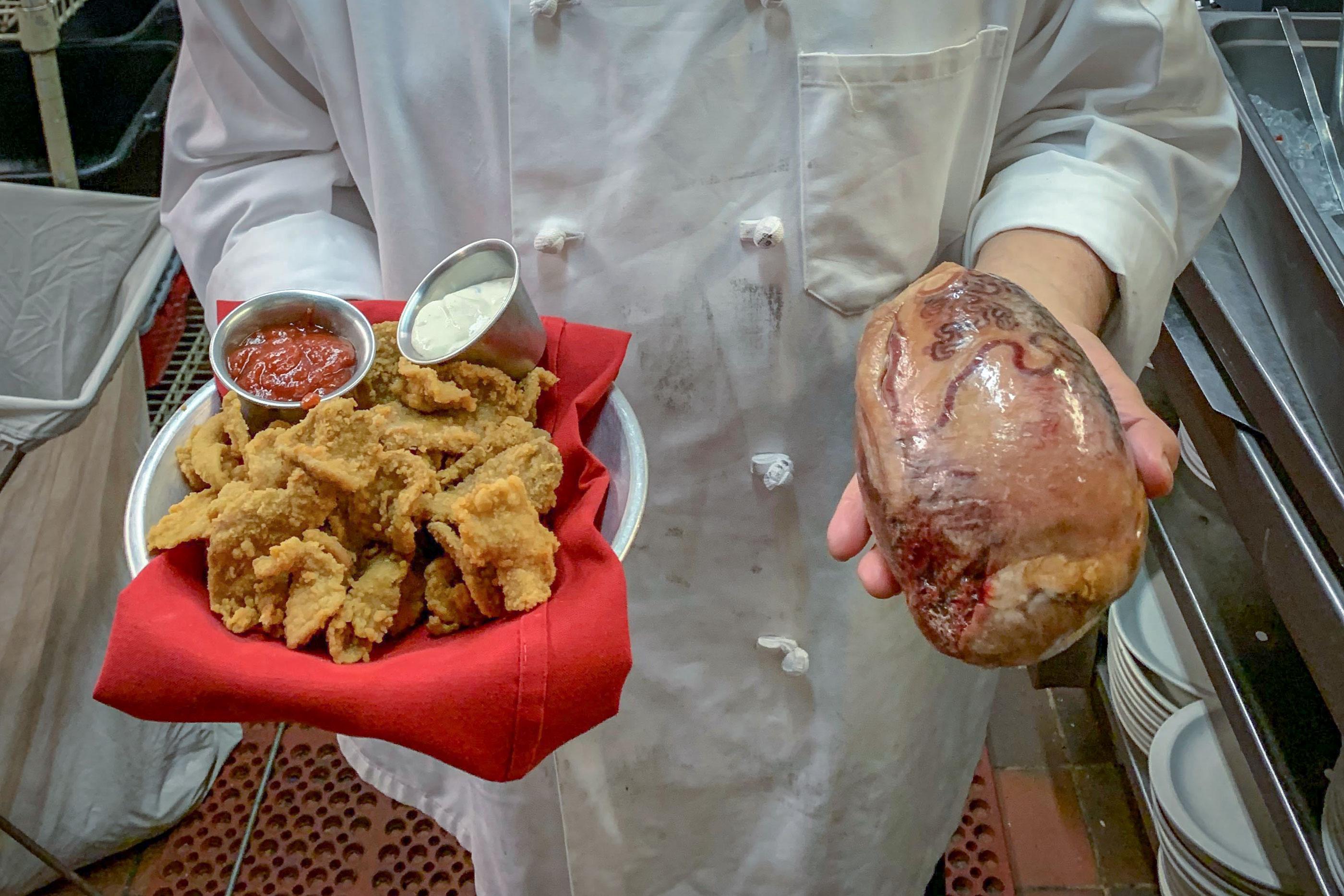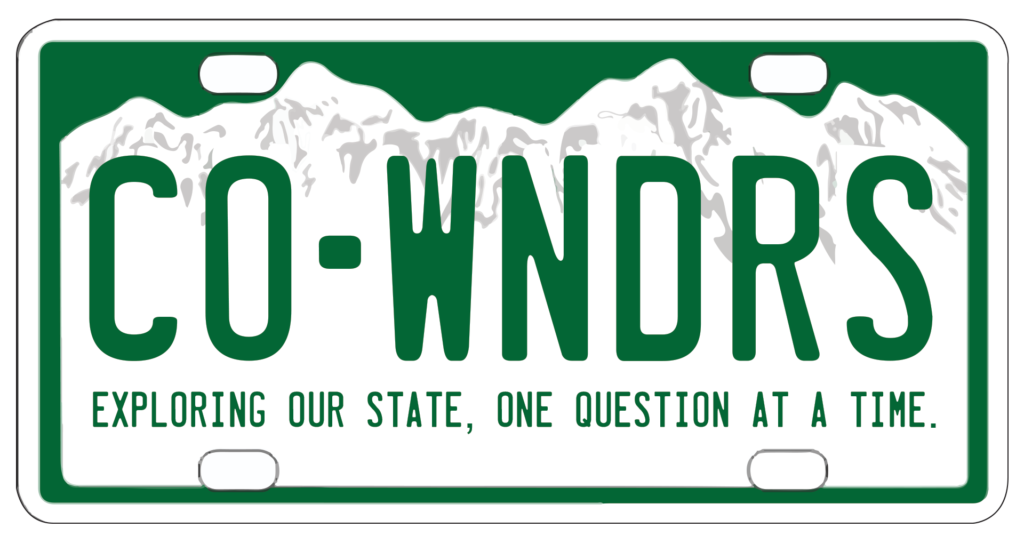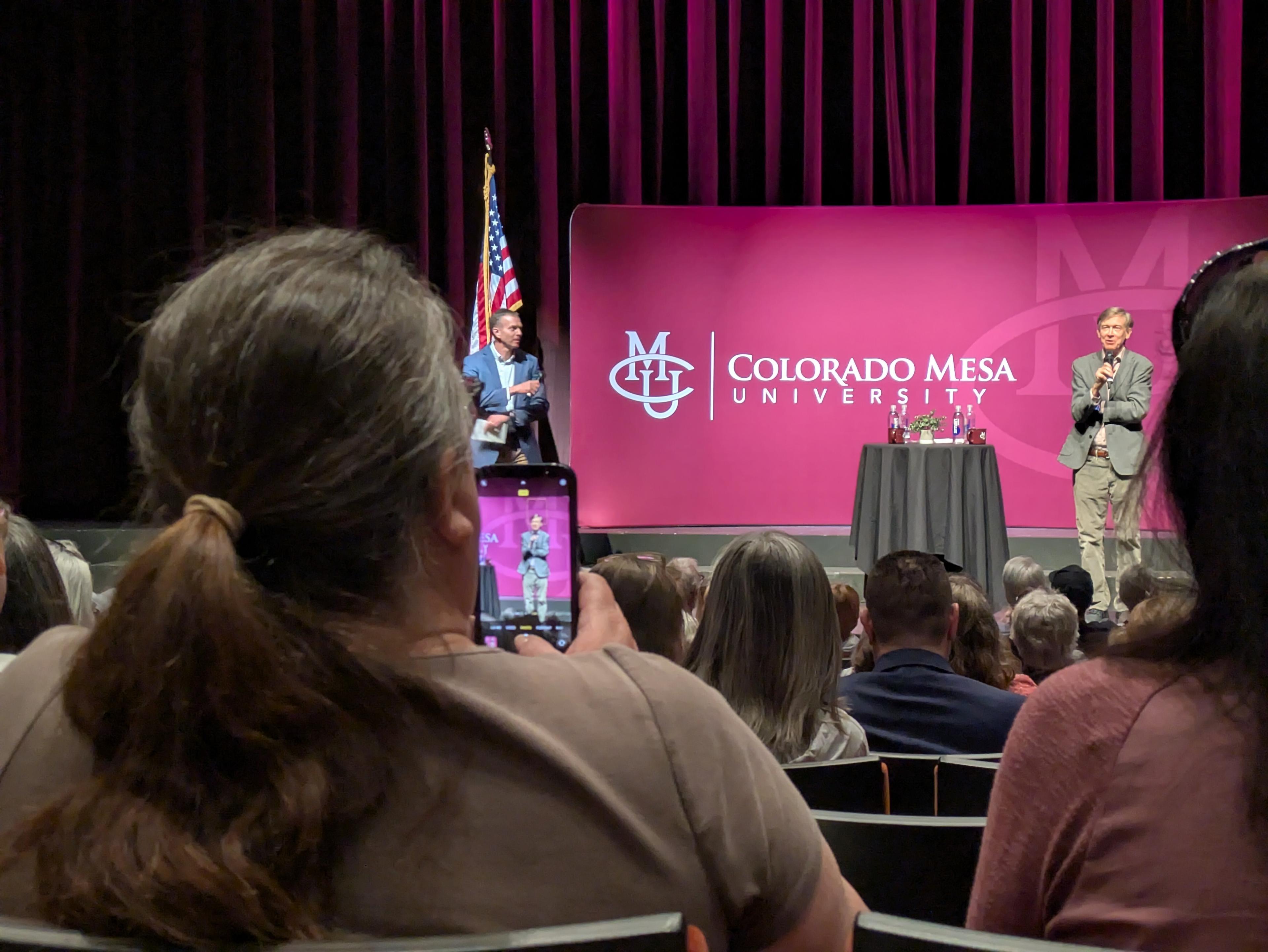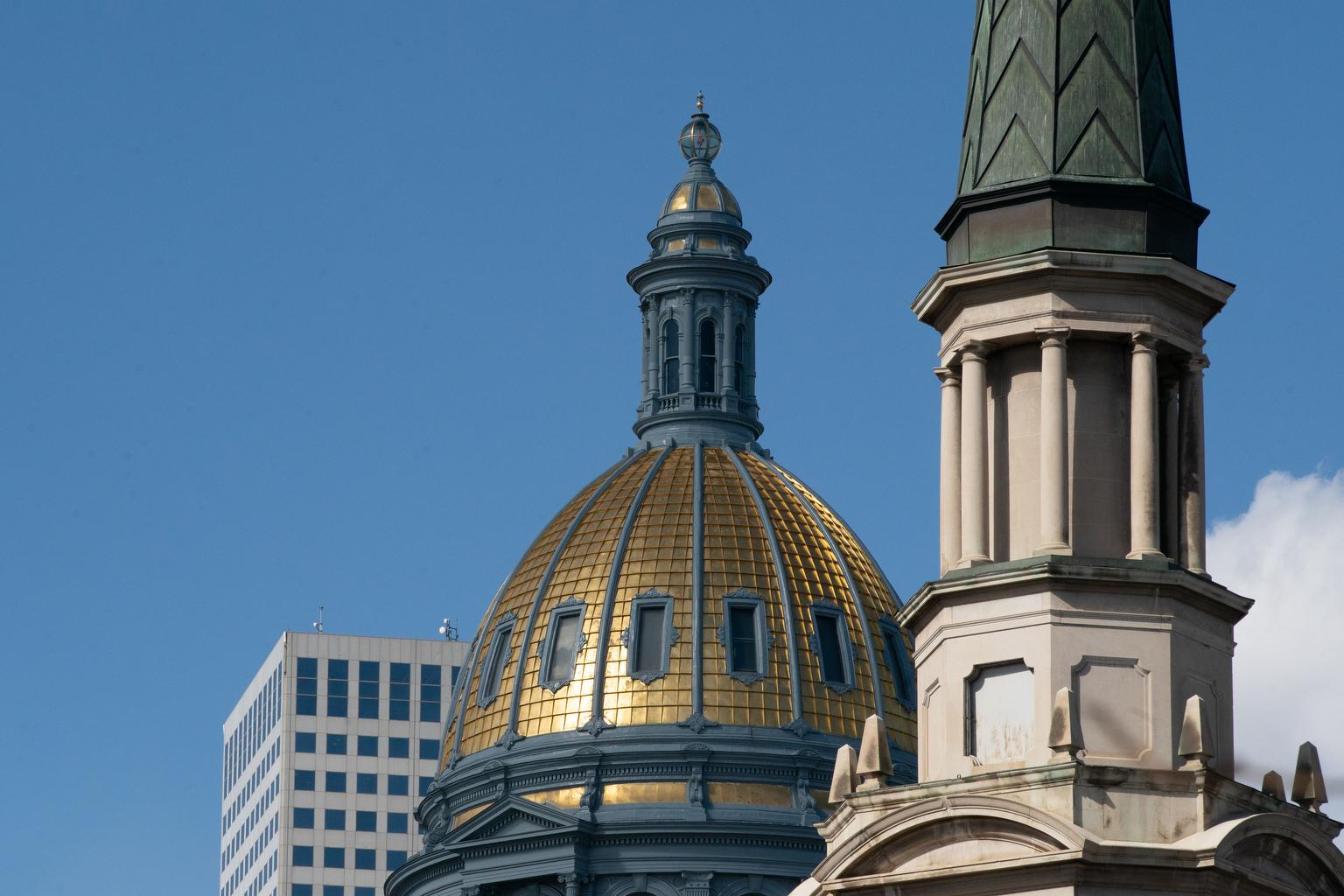
In 1930, a Philadelphia hot dog vendor named Pat Olivieri tossed some beef on a grill for a sandwich. A passing cab driver caught a whiff of the sizzling steak and soon Olivieri had a following. The Philly Cheesesteak — a signature of the city — was born.
Is there one Colorado food that’s as iconic?

Texan John Battey’s niece recently moved back to the Lone Star State after living in Colorado for many years. As he helped her move, Texan braggadocio took over as they spoke of their shared love of cooking and they “started bragging and getting competitive,” Battey said.
Now he wants to surprise his niece with an authentic taste of Colorado.
“I’m hoping to include the dish as part of Christmas dinner.”
Colorado Wonders found where to start, but there’s no clear champion. For Battey and Coloradans everywhere, it’s time to decide. We spoke to historians and the owners of some of Colorado’s oldest restaurants to find our 8 contenders.
You can vote below. Here are the hopefuls in no particular order:
Green Chile
If you’ve been in Colorado for any amount of time, you’ve probably noticed that you can get green chile in a cup or bowl, smothered burrito or inside your breakfast burrito, pretty much anywhere in the state. Its ubiquity alone makes it a top contender. It’s also delicious. Made with pork, tomatoes and Pueblo green chiles, it’s a stew that shows a collision of cultures in Southern Colorado.
“Italian migrants came to Pueblo in the early 20th century to mine coal. And there they encountered the Chile. Their Hispanic neighbors were eating chilies and they would take the ingredients, all of the flavors and all these cultures and kind of smash them together,” said Sam Bock, a historian at History Colorado. “And that's where we get Colorado green chili, which is really prevalent up and down the Front Range. And in the San Luis Valley, it's a very unique dish that you don't find anywhere else.”
Green chile is also the chief reason Colorado is in a long-running feud with New Mexico.
Rocky Mountain Oysters
A cheeky name for a dish most certainly not from the ocean. Also known as Cowboy Caviar and Prairie Oysters, these oysters belonged to bulls before they were castrated. Chefs like Edgar Garcia at The Buckhorn Exchange in Denver cut them apart, fry ‘em and pair ‘em with horseradish or cocktail sauce. In fact, the Buckhorn serves between 300 and 500 hundred pounds a week.
“Rocky Mountain Oysters has been around for centuries. I heard a story from other people that in years past, you had to use every part of the animal,” Garcia said. “You're not able to or you wouldn't be allowed to waste any food. So, therefore, somebody came up with the idea eating of Rocky Mountain Oysters.”
They sound scary, but they’re fried deliciousness. Seriously.
The Pueblo Slopper
Take that delicious green chile stew and drown a cheeseburger in it. Voila, you have the Slopper. It’s also a Pueblo invention, according to Dean Gray, owner of Gray’s Coors Tavern.
“A guy named Herb Casebeer used to own a sport shop over here around the corner. He used to come in all the time and order food from the old owners, the Greco's,” Gray said. “And he would come in and say, ‘Can I get a burger? Add some chile, just slop it all up.’ And so every time he'd come in and they started calling it, ‘just give me one of those Sloppers.’”
Gray’s claims to be the birthplace, but others say it was born at the nearby Star Bar.
The Cheeseburger
Did you know the cheeseburger was almost trademarked in Denver?
That’s right, the owner of the long gone Humpty Dumpty Drive In at Speer and Federal, put cheese, peanut butter and even chocolate on burgers to figure out the perfect combination. After the cheese started to bring in customers, Louis Ballast started the trademark paperwork but never finished it. Today, a marble marker where the restaurant once stood claims the Mile High City as the birthplace of this iconic staple.
“He wasn't the first to put cheese on a burger, but he certainly was the first to try and file the trademark,” Bock said. “He filed the trademark in 1935, but we have some menus from other restaurants around the country that offered cheeseburgers around that time. In fact, one in LA had chili cheeseburgers. So, you know, the cheeseburger is really something that goes back almost a whole century in America.”
The Mexican Hamburger
Coloradans really like their burgers, and this one was definitely invented in the Mile High City, said William Philpott, an environmental historian at The University of Colorado Denver.
“It came from a place called Joe's Buffet on the west side of Santa Fe Drive in the 60s,” Philpott said. “I remember growing up and seeing Mexican hamburgers on the menu and thinking, well, I don't want to eat that because that's not truly Mexican, but I didn't realize it was from Denver and, and it's more intriguing to me now that I realize it was, you know, that it is that mix of influences.”
Rumor has it a waitress at Joe’s had the idea to put a hamburger patty in a burrito that was on the menu and the Mexican hamburger was born, and in true Colorado fashion, it’s smothered in green chile.
The Denver Omelet
This omelet of ham, onions and green peppers — it oftentimes also has cheese — has been around since the railroad days according to historians. In other parts of the country, it’s also called a Western omelet.
“Some believe that it is a riff on an Egg foo yung, which would have been an Americanized kind of Chinese, get all kinds of leftovers, put them together in an egg dish,” said soul food historian Adrian Miller.
However, there were many more Chinese immigrants in California than Colorado, Miller added, so it’s likely the dish started in California and made its way here.
“So it's unclear if it started in Denver, but Denver certainly took on its name,” Miller said.
Microbrew
This is perhaps the easiest thing to prepare. Just crack a cold one. We’re not going to get drug into the beer as food debate, but you can’t argue that craft beer isn’t synonymous with Colorado in some way. The relationship started with German settlers drawn by the early gold and mining rush. The name Coors rings a bell, right? Later, our love of suds blossomed into something more.
“It's not a quirk of Colorado that we have this beer industry here,” Bock said. “It's related to the explosion of outdoor recreation and sort of our amenity lifestyle that rose up in Colorado since the 1970s and people moved here for the lifestyle.”
We have the fourth most breweries per capita in the U.S. with almost 400 established breweries, according to the Brewers Association. Colorado is a beer lovers dream, and for that, microbrew might just be our claim to fame.
Fast Casual Dining
This is less a food and more about a state of mind. Colorado’s claim as the “fast casual capitol” is best exemplified by the spread of Chipotle and now there are too many chains to count.
“Fast casual is an approach to food that emphasizes things like fresh quality ingredients, often healthy ingredients,” Philpott said. “It's premised on kind of a fast pace of life. Like you want quality food, but you don't have a lot of time.”
The Centennial State launched Noodles & Company, Tokyo Joe’s, Quizno’s, Good Times, Illegal Pete’s, Mad Greens — and the list goes on. The dining style epitomizes that Coloradans seem to prefer something healthy but quick so we can go out and get doing.
Voting in the first round is open through Dec. 6. Second round voting will open on Dec. 9, 2019.
Freelance reporter Shanna Lewis contributed to this report.









